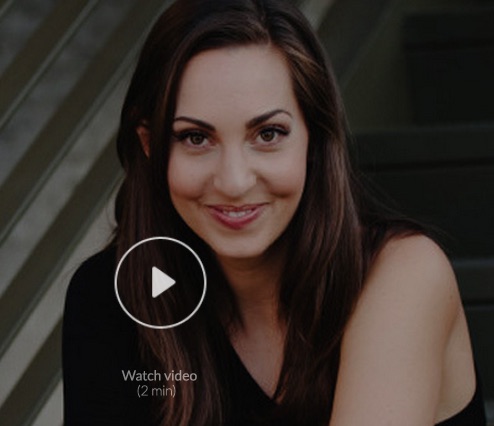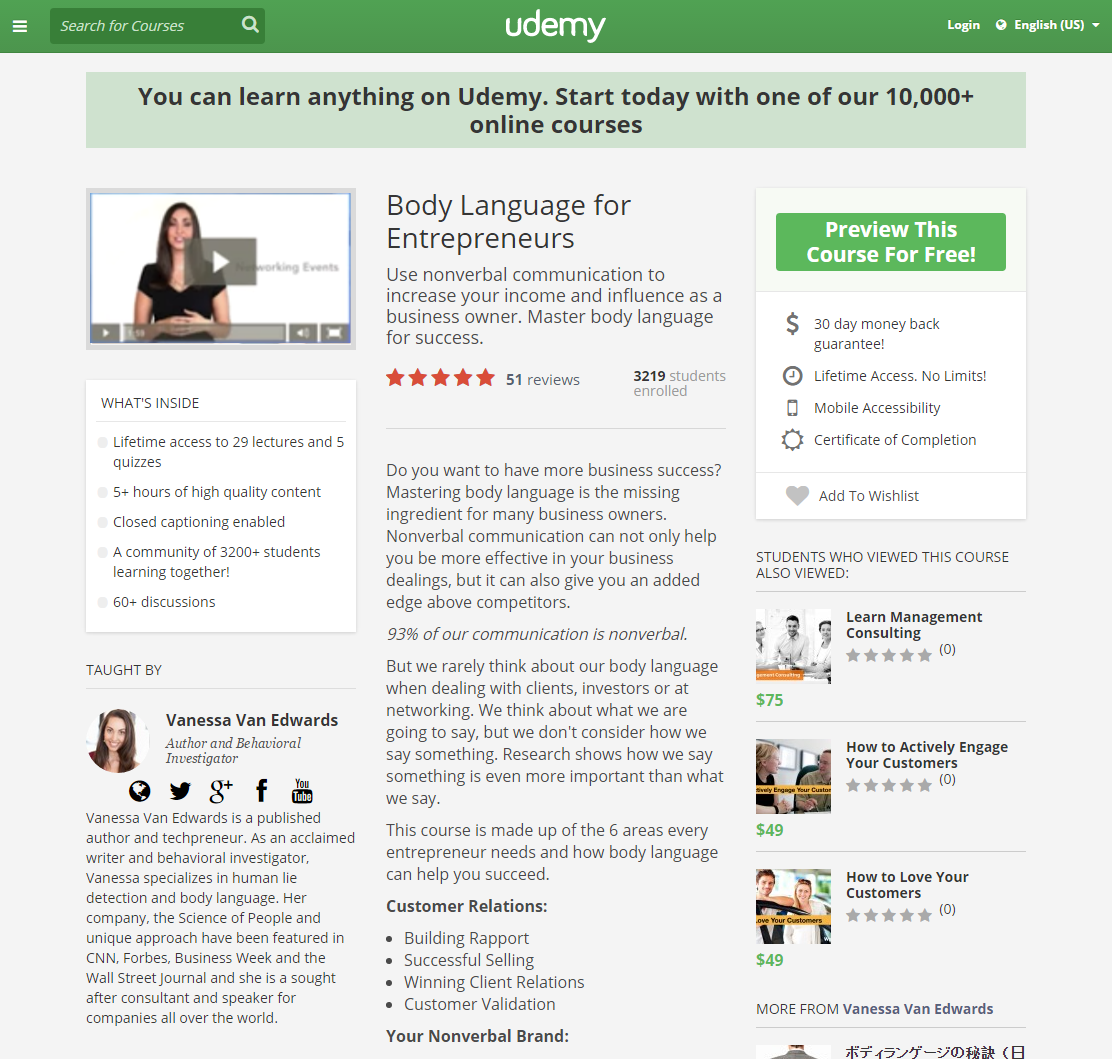Looking for simple and effective ways to increase lead generation? Then, check out these 6 lead gen tips. Generating leads has never been so easy.
What do you do to bring in a continuous flow of qualified leads to your business on a daily basis?
Mapping out a lead generation strategy, learning how to nurture those leads and improve your conversion funnel over time, will help your business grow.
But if you’re ready to accelerate and grow your lead gen strategy, here are six fast and easy ways to increase your lead generation.
And don’t miss out on these 7 Risk Reversal Tactics For B2B Lead Generation
1. Choose the Right Social Media Platforms for Lead Generation
Social media is a powerful top-of-the-funnel approach to generating leads. Don’t invest time and money into every social media platform there is until you know what works for your business.
The key to social media for lead gen is not just your brand’s presence, but conversion rate. Basically, how prospects turn into leads.
If you’ve already established a presence on all platforms, see how much traffic each one drives to your landing pages via Google Analytics or a comprehensive social media management platform that allows for conversion tracking. What social media channels are consuming your content or bringing you the most traffic and leads?
Choosing the right social platforms for your lead gen efforts will directly impact your conversion rates and reduce your ad spend.
A Social Media Lead Generation Campaign Example
For those connections that are further along in their decision-making process, our conversion tracking efforts focus on those who join our email list, download a report, join our blog course, or complete a contact form.
We run a campaign that offers a free report for specific industries. Our large Twitter audience brought in the most clicks and leads. However, our data showed that LinkedIn leads convert at a higher rate than Twitter leads. As a result, we began focusing more on LinkedIn.
2. From TOFU to MOFU: Educate Your Buyer with Reports and Whitepapers
Offering free white papers, reports and ebooks are a great way to generate leads while making your prospects experts at buying your products. They are also a great way to create email marketing lists for those who are higher in the funnel (TOFU).
Many digital marketing agencies say, “if you provide something of value to prospects, they will give you their respect, time, loyalty, and ultimately their business.”
If it only were that easy.
At Conversion Sciences, oftentimes we use blog posts to test topics of interest to our clients’ audiences. We will prepare a live presentation or webinar on hot topics. These presentations get cast into case studies, blog posts, reports and social media posts.
But writing a report simply isn’t enough. Targeting your whitepapers to the right audience is key. You can earn a second chance to convert visitors (MOFU or Middle of the Funnel) with re-marketing ad campaigns. highly targeted and personalized email marketing campaigns.
Also, consider LinkedIn groups and to test content offers to improve lead generation.
3. Fast and Easy Ways to Increase Lead Generation with Social Video
On social networks, likes and shares have proven to be poor predictors of lead quality. And pretty bad at generating leads as well. Video views, on the other hand offer two benefits to B2B lead generation.
First if a visitor watches one or more of your videos posted to Facebook, Linkedin or Instagram – or embedded on your site – , they begin to build trust and affinity for your brand.
Second, when a visitor watches your video, they can be retargeted by ads and driven to your landing pages. These visitors tend to be more likely to click and to convert into qualified leads.
So in the lead generation game, optimizing for video views could be a better approach than strictly focusing clicks and conversions.
Two examples of Lead Generation and Lead Nurturing when Optimizing for Video Views
Prager U offers mini-courses up to 30-minutes in length to highlight their content. These videos aren’t posted to Youtube. They are run as long-form ads. Their ultimate goal is to generate donations. Meanwhile, they focus on brand exposure (video views).
I watched a 28 minute presentation from New York Times best selling author Jeremy Gutsche on creativity and culture. I notoriously skip ads on Youtube. Ultimately, Jeremy is hoping to get more speaking engagements and book sales.
4. How Facebook Ad Targeting and Retargeting Builds A Lead Magnetic Field
Did you know the Earth produces its own magnetic field which is important in navigation? It also shields the Earth’s atmosphere from solar winds that are capable of destroying humanity as we know it!
When it comes to ways to increase lead generation, you should think of your business as the Earth, Facebook Ads at the magnetic field, and your competition as the solar wind.
Facebook Ads will help discover and navigate your prospects to your lead-generating content, and bring them back to “Earth,” aka your business.
Let’s say you are a software business looking to build a sales lead pipeline for a new service for apparel companies. Placing a Facebook pixel on your website will help display your ads to people who visited your site, measure the effectiveness of your ads and gather data on the actions taken by these visitors on your site. You could craft an ad campaign to retarget those visitors that did not convert, or build a “lookalike” audience to reach people on Facebook with similar characteristics to those who did convert.
Facebook Retargeting Campaign Example: Google Fiber
Take Google Fiber for example. I was recently referred to its site by a friend who mentioned it will soon be available in the Austin area. I snooped around the site but lost interest, since it isn’t making itself available in my part of town. In the days following my visit, this is what I saw in my Facebook News Feed.
Their ads were smart enough to deliver geographically targeted content.
When I click on the “Sign Up” button. I’m directed to a landing page to enter my address to see whether Google Fiber will be in my neighborhood.
Total bummer though: it looks like they won’t be available for a little while, so I decided to sign up for their email list.
Guess what? I’m a lead now. They have my contact information and they can add me to their email remarketing campaign. Not exactly a bummer for Google Fiber.
5. More Lead Gen Tips for Twitter Ads with Hashtag Targeting
Hashtags are a great way to generate awareness to an interested audience for your brand or business. Create a Twitter Ads campaign and target people who are interested in relevant hashtags to drive qualified traffic to your site. Though Twitter ads are not for the faint of budget, they work!
6. Juicing Your Lead Generation Efforts With Content for Lead Nurturing
Creating relevant content, such as reports or whitepapers, and promoting them via organic and paid advertising campaigns, is just the tip of the iceberg in online lead generation. And bombarding them with offers or retargeting ads can only take you so far. You have to nurture those newly acquired leads.
By implementing an enriched content strategy in your marketing funnel, you will intrigue and engage your audience, as well as drive them further down the sales funnel. Infographics, videos, images, and podcasting are just a few content ideas that you may use. Think of your entire content marketing strategy as the great magnetic force that pulls in and nurtures new leads.

According to a Content Marketing Institute study, only 48% of businesses have a documented Content Strategy.
A study from the Content Marketing Institute and Marketing Profs states that over 80% of B2B respondents use Content Marketing in their business practices, yet only 38% of these businesses say their strategies are effective.
However, the study also indicates that 48% of these businesses were not documenting their strategies effectively.
In the end, there’s no way of telling what practices are showing results, or hurting business. You need to test yours and discover what works with your potential market.
Here are a few creative examples on how we incorporate content marketing elements in our online lead generation strategy to ensure maximum results.
Webinars for Lead Generation Efforts
Webinars offer exclusive information and help grow your email list and lead base. Keep in mind, you will need to promote your webinars to get people to attend. We promote ours on LinkedIn groups.
On LinkedIn, you can target groups based on field of expertise, interests, or topics. Being in alignment with your audience avoids spammy sales letters and overbearing ads. WebinarNL says, “webinars generate a lower cost per lead and high level of engagement with prospective clients.” They also detail several benefits to hosting webinars including:
- Direct contact with your target audience
- Reaching your prospects both live and afterwards
- Interaction with your target group
A Webinar Lead Gen Example: How webinars save time and money
So, we decided to put this to the test and hosted our very first webinar “UX vs. CRO: The Digital Fight of the Century” As a special incentive for attendees, we had them ask several questions on UX or CRO. The people with the most creative questions won a free website evaluation from Brian Massey himself.
We got 212 conversions in just 20 days of deploying our social media promotion campaign. That’s more leads in such a short period of time than any other way to improve lead generation we’ve executed.
To see how our first webinar panned out, watch the webinar replay.
Easy Ways to Increase Lead Generation: Podcasting
Perhaps the most underrated form of generating new warm business leads comes from podcasting. It’s free and accessible, and makes radio quality audio shows available for download through an RSS feed to a computer, MP3 player or mobile phone. Listeners only have to subscribe to a podcast once.
Rob Walch of Libsyn says that podcasts are “the opposite of Twitter.” Podcasts give you extended quality time with those members of your audience that listen.
First, you’ll need to conduct a topic search that will get your content noticed in the podcast world. Then, be sure to create blog posts to capture the reader’s attention, launch your podcast, and have them listen.
Interviewing an industry expert or hosting a panel debate can help maximize reach and listeners. Be sure to keep discussions focused on topics you can actively talk about with your prospective leads. This is the perfect way to begin establishing yourself as an industry thought leader.
“The goal of the business podcast is to create a conversational thread that you can pick up with your lead on the next call,” says Benchmark.
Think of this as the firsts experiences with future customers. You are building trust and proving them with valid information to nurture a business relationship.
Again, podcasts are easy to share via LinkedIn groups, Twitter hashtags, and Facebook Ads. Also, you can upload podcasts to your Facebook page, just check the option “Upload as video to Timeline”, so followers can listen in.
More Lead Generation Ideas: Guest Blogging
What does your business specialize in? Moving, fitness, prepping? Is it a rehab center, a college, or a consulting firm?
Writing a guest post for a related industry blog, you will show your subject knowledge and add credibility to your brand, while reaching an entirely new audience. This is also an opportunity to grow your follower base by crafting the perfect bio and byline.
Start by building a list of publications in your niche market that accept guest posts and understand what type of content would be a good fit for them, their audience and, consequently, for you. If their audience engages with your content, they may visit your website, interact with you and maybe even give you their email address. A smooth way to earn more leads.
Again, you want your prospects to know you are an expert or the best in your field, and drive them towards the top of your sales funnel.
Video Marketing
Did you know that 75% of executives told Forbes that they watch work-related videos on business websites at least once a week? The breakdown? 50% of these executives watch business-related videos on YouTube, and 65% stated they visit the marketer’s website after viewing a video.
Adding a compelling call to action will help you drive your viewers to your website of landing page. Tell them what to do and why. Something Free, if enticing enough, may do the trick. Make sure it’s something aligned with your business that the potential leads want.
Or you can promote your offer with YouTube Ads. Let’s take this Heineken YouTube Ad for example. Apparently, YouTube knows that people like me – people who are my age, have my interests, and share a similar browsing and search history to mine, for instance – love beer. Again, this is the whole idea of remarketing.
As I’m watching this ad, what do I see in the bottom of the video? It’s an annotation that says “Visit Advertiser’s Site”. Since I’m curious, I click on the link and low and behold, I’m on their site and enter for a chance to win in their sweepstakes.
The sad thing is, the campaign was over before I landed on the page, and Heineken missed its chance to get me on its email list. Will I see a remarketing ad in the future? Possibly!
Are You Ready To Try Some of these Fast and Easy Ways to Increase your Lead Generation Efforts?
Don’t just throw content out into the world and expect a beanstalk to grow in your backyard overnight. The business world is not a fairytale.
Incorporate just a few of these ideas into your overall lead generation plan today. Not only will you be able to grow your business, but you will start a snowball effect that brings in new prospects to your sales funnel.
Meanwhile, check out our lead generation solutions that deliver or contact us to generate more and better leads fast.


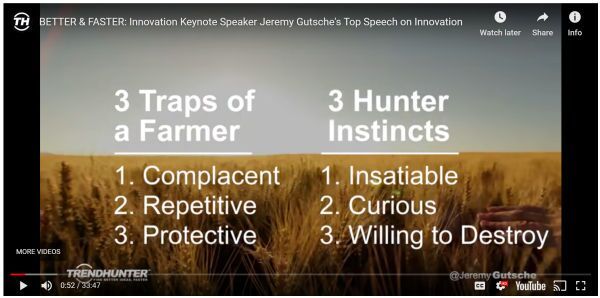




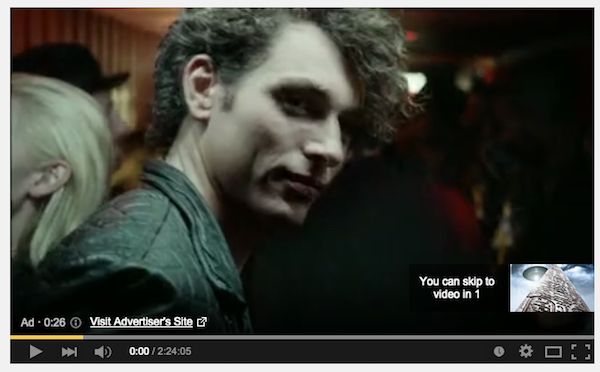





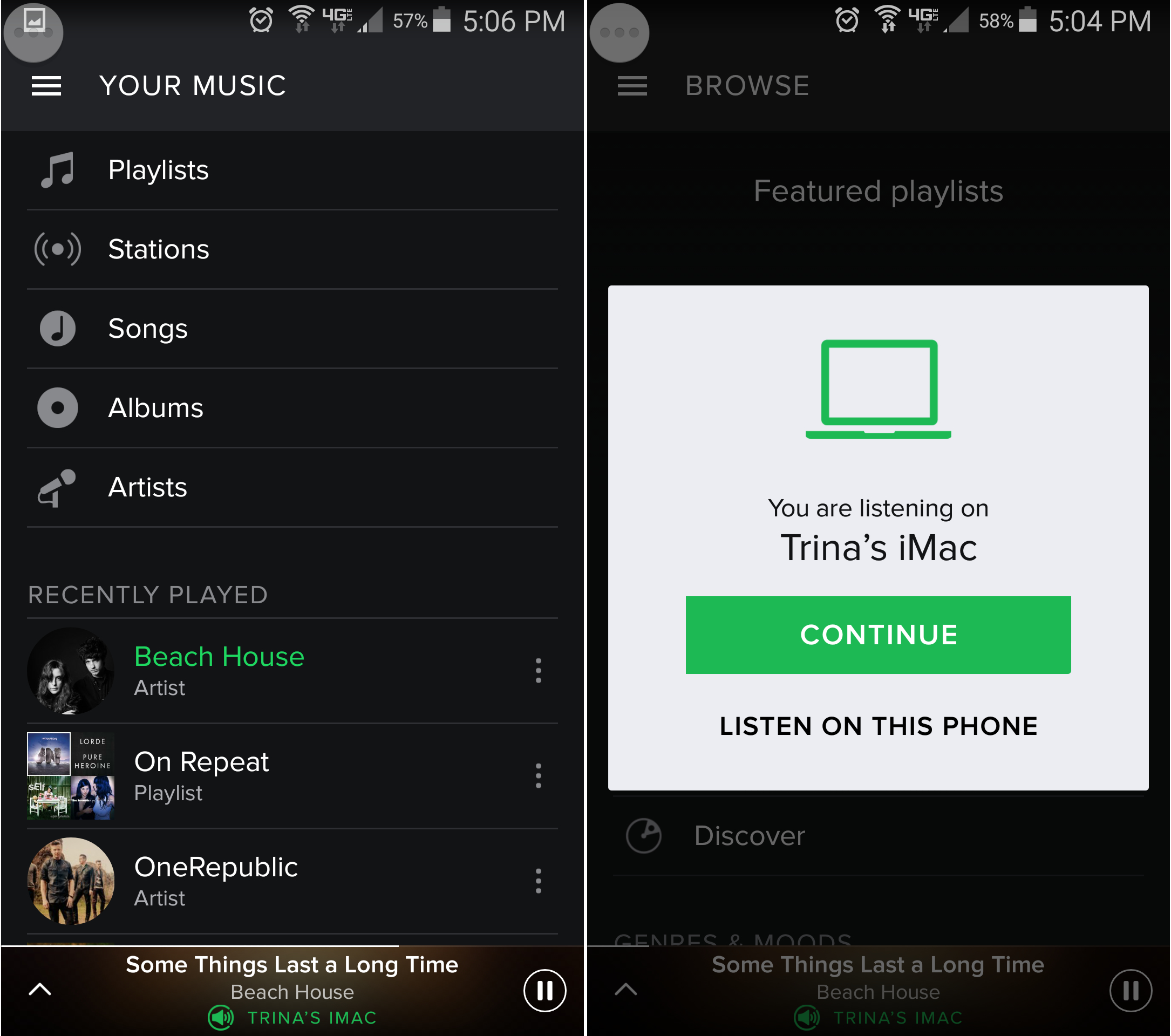









 Terri is a five-year content marketing storyteller and editor. She loves writing marketing and entrepreneurship stories during the day while dabbling in culinary and creative arts at night.
Terri is a five-year content marketing storyteller and editor. She loves writing marketing and entrepreneurship stories during the day while dabbling in culinary and creative arts at night.


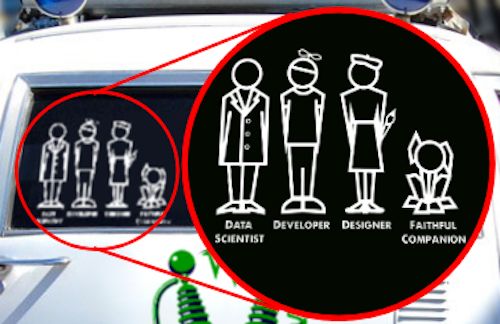
 Conversion Team: Someone Who Knows How to Turn Data into Good Questions
Conversion Team: Someone Who Knows How to Turn Data into Good Questions









 Jacey Johnson has been an administrator in higher education for over 10 years and currently works with
Jacey Johnson has been an administrator in higher education for over 10 years and currently works with 






